Transforming images into editable text with just one click is an incredible breakthrough, leveraging the power of Optical Character Recognition OCR technology. This technology has evolved over time, enabling the quick and accurate conversion of text from any image into a format that can be edited, searched, and stored digitally. In a world where visuals dominate our digital landscape, OCR has become a game-changer, especially for businesses, educational institutions, and individuals who often need to extract and manipulate text from printed materials or handwritten notes. The ability to transform images into editable text with just one click is not just a luxury but a necessity in many fields. In the business world, OCR is widely used to convert scanned documents, invoices, receipts, contracts, and forms into digital formats that are easier to store, organize, and search. Rather than manually typing out documents, OCR software enables users to instantly digitize paper documents, significantly reducing time and effort. This, in turn, enhances productivity, streamlines workflows, and ensures that valuable information is never lost.
In the educational sector, OCR is particularly useful. For students and researchers who need to convert textbooks, handwritten notes, or historical documents into digital text, OCR tools can make this task much simpler. The ability to convert textbooks or journal articles into editable and searchable formats helps students in their studies, enabling them to find relevant information faster. For researchers working with old, scanned manuscripts or rare books, OCR helps make these texts accessible without damaging fragile materials. It has the potential to preserve and digitize invaluable knowledge, allowing it to be disseminated more widely. The technology behind OCR has improved immensely, particularly with the integration of machine learning and artificial intelligence AI. Early versions of OCR could only recognize simple, printed text, and they often made errors when encountering handwriting or complicated fonts. However, modern OCR software has become much more sophisticated. It can now process complex documents, such as those with varied fonts, mixed content images and text, and even handwritten notes. With machine learning algorithms, OCR systems learn from the data they process, improving their accuracy over time. This makes them increasingly reliable in a variety of use cases, from personal applications to professional environments.
The convenience of transforming an image into editable text with just one click lies in its simplicity. Users no longer need to manually transcribe the content of images or scanned documents. Instead, with a few simple steps, they can upload an image or take a picture of a document and use OCR software to extract the text. This can be done through various apps, online services, or desktop tools, which are typically designed to be intuitive and user-friendly. The result is a fully editable document, which can be saved in formats like Word, Excel, or plain text, depending on the user’s needs. This level of efficiency is especially useful in the context of remote work and digital collaboration. In today’s hybrid work environment, many professionals receive and share documents in image formats. The use of OCR extends beyond just business and education; it also has applications in personal use. For example, users can convert old family documents, recipes, or personal letters into digital files, preserving them for future generations. OCR tools can also be used by travelers who want to translate foreign language texts or signs into their native language.
With the advancement of mobile technology, OCR Text from image converter has become increasingly accessible through smartphone apps, allowing users to simply snap a photo of any text and have it instantly transformed into a readable format. In conclusion, transforming any image into editable text with just one click is a transformative technology that is revolutionizing the way we handle information. OCR has proven to be a powerful tool in various sectors, from business and education to accessibility and personal use. With advancements in machine learning and AI, OCR technology will only continue to improve, providing even more accurate and versatile solutions. The ease with which users can convert images into editable text is enhancing productivity, fostering collaboration, and making information more accessible than ever before. As the technology continues to evolve, the potential applications are limitless, paving the way for a future where text can be extracted from any image with the mere click of a button.

